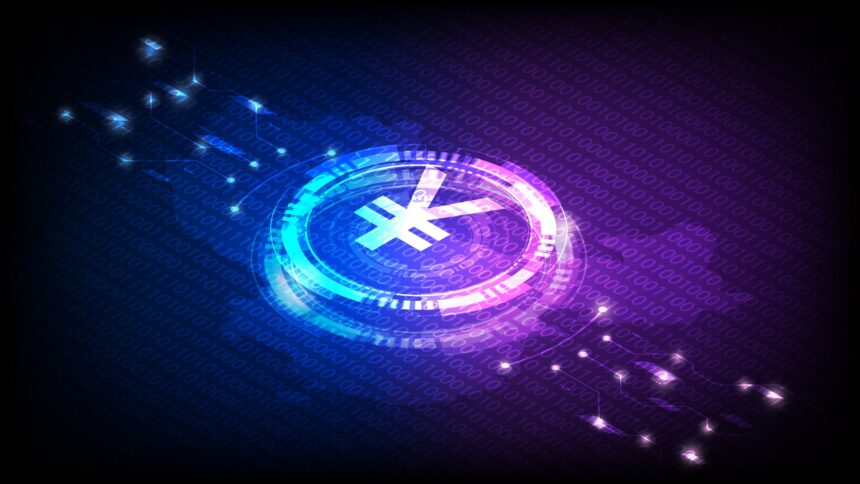Stablecoins 2025 is about practical choices: which token to hold, which network to use, and how to cut fees without adding risk. In this guide, we compare USDT, USDC, and EURC, explain how reserves and regulation work, and give step-by-step flows you can apply today. If you need a clear, no-hype playbook for stablecoins 2025, you’re in the right place.
Quick facts (stablecoins 2025)
- Reserves & redemption: reputable fiat-backed stablecoins publish reserve reports and support 1:1 redemption; always check the issuer’s transparency page.
- Network costs rule: the same token is cheaper on modern L2s/fast L1s than on busy L1 Ethereum; for stablecoins 2025 users, chain choice is the biggest fee lever.
- Compliance tools: issuers can freeze addresses for sanctions/fraud; good for safety, important for long-term storage planning.
- Policy tailwinds: EU MiCA and NYDFS guidance push clearer rules on reserves, redeemability, and disclosures—useful benchmarks for evaluating stablecoins 2025.
1) The simple model behind stablecoins 2025
Fiat-backed stablecoins 2025 (USDT, USDC, EURC) aim to hold cash and high-quality short-term securities equal to tokens issued. You get quick settlement and broad exchange/merchant support in return for trusting the issuer’s reserves, attestations, and policies. That’s different from crypto-collateralized or algorithmic designs, which introduce market and model risk many beginners don’t want.
2) USDT vs USDC vs EURC — what actually differs?
Issuer, peg, and disclosures
- USDT (Tether): USD-pegged with published reserve attestations and breakdowns.
- USDC (Circle): USD-pegged with monthly attestations and a public transparency portal.
- EURC (Circle): euro-pegged; useful for EU pricing and euro-denominated balances.
When comparing stablecoins 2025, look beyond the ticker. Find the transparency page, read the latest attestations, and confirm how redemption works.
Supported networks (your fee profile lives here)
USDT and USDC run on numerous L1s and L2s; EURC is supported on major networks via Circle. For everyday stablecoins 2025 usage, picking the right network often matters more than picking the “right” token. If both parties can use the same fast chain, you save time and money.
3) Regulation & consumer protection you should actually care about
MiCA (EU) adds licensing and disclosures for crypto services and stablecoin issuers, while NYDFS (US-NY) guidance spells out redeemability, reserve quality, and attestations for USD-backed stablecoins. These frameworks don’t remove risk, but they set baselines you can compare. For stablecoins 2025 decisions, that comparability is gold.
4) Freeze/blacklist controls — safety and trade-offs
Most fiat-backed stablecoins include freeze/blacklist tools to fight fraud and sanctions violations. That protects the broader ecosystem, but you should factor it into long-term storage. For daily stablecoins 2025 payments, risk is low; for savings, consider diversification, reputable custody, and good records.
5) Fees: choose the chain, not just the coin
- Favor modern L2s/fast L1s: lower, steadier fees for routine stablecoins 2025 transfers.
- Bridge less, batch more: every bridge adds cost and smart-contract risk—test small first.
- Keep a gas buffer: hold a little of the network’s gas token so you’re never stuck at zero.
- Confirm deposit networks: match the exchange’s deposit network exactly before sending.
6) Common use cases (and what to watch out for)
- Freelance payouts/remittances: agree on the token and network, send a small test, then the rest. This one habit prevents most stablecoins 2025 mishaps.
- Merchant payments: pick a gateway with clear refund flows and predictable conversion to fiat if you need it.
- Exchange transfers: check deposit network, memo/tag requirements, and minimums before sending.
7) Quick comparison table (stablecoins 2025)
| Feature | USDT | USDC | EURC |
|---|---|---|---|
| Peg | USD 1:1 | USD 1:1 | EUR 1:1 |
| Issuer | Tether | Circle | Circle |
| Reserves | Attestations & breakdowns published | Monthly attestations; transparency portal | Reserve and issuing details published |
| Chains | Broad L1/L2 coverage | Broad L1/L2 coverage | Major networks supported by Circle |
| Best for | Liquidity & exchange access | Transparency-focused users | Euro pricing & accounting |

8) Safer habits checklist (stablecoins 2025)
- Bookmark official transparency pages for the tokens you use.
- Separate “play” and “savings” wallets; use a hardware wallet for savings.
- Confirm the deposit network before exchange transfers; screenshot confirmations.
- Revoke stale token approvals monthly; update wallets and OS regularly.
- Send a tiny test transaction first; then send the balance.
- Keep Tx links/receipts for taxes and support.
9) A simple, low-friction payment flow
- Agree on token & network: for example, USDC on a specific L2.
- Share the address & network in writing: include a QR code to avoid typos.
- Send a test: wait for confirmation; then send the remainder.
- Provide the Tx link: standardize this flow to prevent mistakes in future payments.
10) Business use cases (what works in practice)
- Contractor payouts: template your invoice with token/network, due date, and refund policy. This is one of the highest-impact stablecoins 2025 fixes for errors.
- Customer refunds: keep a simple SOP for identity checks, token/network, and timing; avoid ad-hoc handling.
- Multi-currency pricing: EURC can reduce FX steps for EU clients; USDC/USDT improve liquidity elsewhere.
11) Taxes & reporting: simple reminders
Stablecoin transactions may still be taxable, depending on your jurisdiction and the action (conversion, gains, yield). Keep basic records—amounts, timestamps, networks, Tx links—and consult official guidance. For stablecoins 2025 content, link readers to authoritative tax pages by region.
12) Common mistakes (and clean fixes)
- Wrong network: always match the exchange’s deposit network; many support multiple networks for the same ticker.
- No gas token: keep a small buffer of the network’s gas token so you can move funds anytime.
- Skipping test sends: a $1 test transaction can save hundreds in recovery time.
- Out-of-date addresses: rotate public addresses only when you must; update your templates and QR codes.
13) FAQ (fast answers)
Which stablecoin is “safest”? There’s no single winner. Compare transparency, redemption, and your region’s rules; then choose the best network for fees and reliability.
Can stablecoins be frozen? Yes, in limited compliance scenarios. For everyday payments this is rare; for long-term storage, diversify and use reputable custody.
Why are fees unpredictable? Network demand fluctuates. For stablecoins 2025, modern L2s/fast L1s are more consistent than busy L1 Ethereum.
Internal resources on Bulktrends
- Protect Your Crypto: Best Practices for Secure Cryptocurrency Storage
- Blockchain & Cryptocurrency: What’s Next for This Revolutionary Tech?
- The DAO Hack: How a $60 Million Exploit Changed Ethereum Forever
- Crypto in 2025: Clarity, Innovation, and Real Momentum
Authoritative external sources
- Circle — Transparency portal
- Tether — Transparency & attestations
- ESMA — MiCA overview
- NYDFS — USD-Backed Stablecoins Guidance
Conclusion
Stablecoins 2025 becomes easy when you standardize your setup: a transparent issuer, the right network, and a repeatable payment flow. Do those three things and you’ll reduce fees, avoid avoidable errors, and keep your day-to-day money tasks simple.
Educational content, not financial advice. Always verify details on official pages before sending large amounts.






